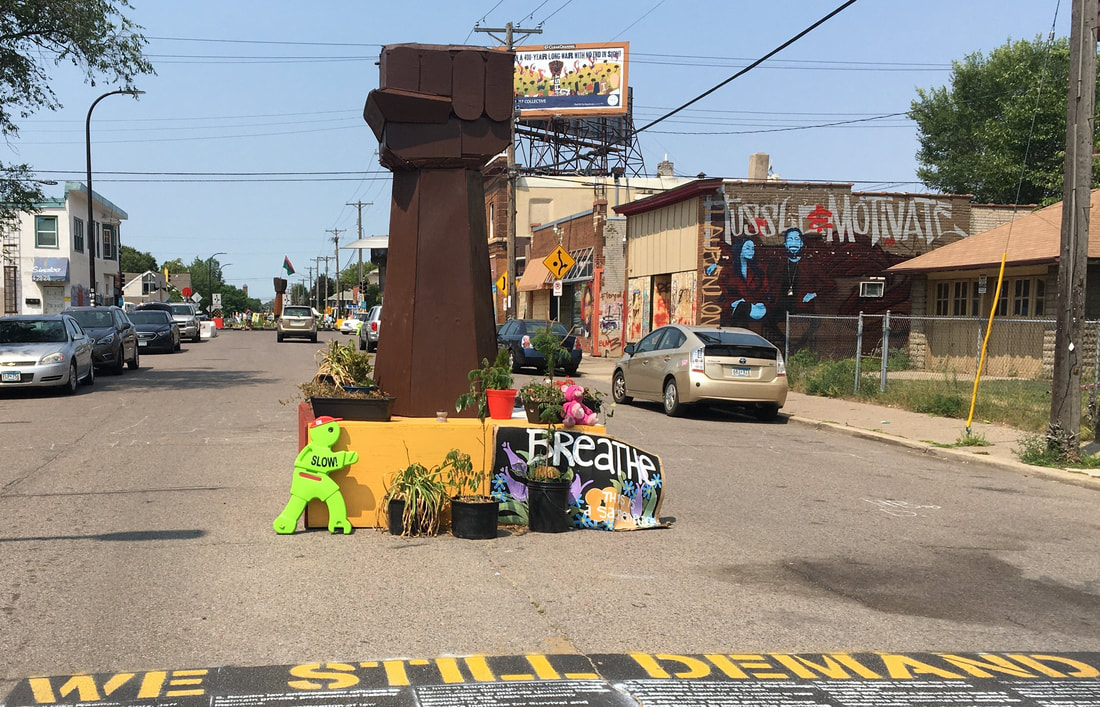|
After my first year of teaching and creating themes on writing at the community college, I was introduced to the topic of social justice issues by a colleague. Excited I brought these topics of social justice to my class. Soon I realized how I was teaching the material was going to be just as important on what I was teaching. Teaching social justice issues requires more than just sharing articles about social justice issues. Teaching social justice issues requires the student and teacher to explore and share their own social identity. This starts with students understanding and reflecting about their own social identity and how a teacher understands their own social identity and authority in the classroom. By understanding social identity in the classroom and outside the classroom methods, strategies, and assignments can be applied more effectively with social justice issues. STUDENT SOCIAL IDENTITY When a students write about what they value like their friends, family, religion, or art, etc., it can improve academic performance and integrity of self. This transforms into meaningful writing about themselves and others. Race, gender, social class, and intellectual ability are all part of identity. Social identity is how one see’s oneself in a group setting. Writing and sharing about lived experiences and values, builds the students understanding of their ethos. Educational methods towards students’ cultural experience allows them understand themselves and their social identity. Social identity needs to be part of social justice issue instruction in the classroom, so the student understands their ethos on topics of social justice. Exploring social justice issues requires a student to explore their own social identity, what they value, and their experiences especially because many community college students are marginalized themselves. A student’s ethos can strengthen when they value their character and goodwill, Craig Smith explains the connection of goodwill and Aristotle’s ethos and states, “Goodwill (eunota) means demonstrating that you have the audience’s best interests at heart. Aristotle compares it to friendship, “wishing for someone things you believe to be good, for his sake and not for your own, and being ready to do these things to the extent possible” (72). Students explore and learn to value their identity, their community, and realize their lives matter and the community they live in. Some teaching methods and strategies include:
TEACHER SOCIAL IDENTITY Teachers must also reflect about their own lived experiences on certain topics about social justice to understand their position and authority in the classroom setting. Specifically, we know that faculty members with different social group identities experience the academy differently and have varied reactions to those experiences (Chesler and Young 11). Students categorize their social identity in the classroom and often rely on how the teacher talks about social issues and their attitudes about certain topics. Part of social justice studies does require the student and teacher to understand their position and agency in the rhetorical situation of social justice issues in the classroom. Mark Boylan and Ian Woolsey who write “Teacher Education for Social Justice: Mapping Identity Spaces” go in more depth about the topic of social justice issues and identity in the classroom. Bolan states, Research on teacher education beliefs and identity in relation to social justice has supported the development of two important pedagogical approaches: “that of inquiry and of discomfort” but also “compassion and respect” (Boylan 63). He explains changing and negotiating identity can be uncomfortable, therefore respect about personal histories and ethical positions are important in teaching social justice issues especially when an instructor’s social identity is far from the marginalized students they teach. This requires instructors to really listen to their spoken and written words of their students especially when a students have lived experiences to share about social justice issues. This can be done with more student focused discussions and reflective writing.
Work Cited Boylan, Mark, and Ian Woolsey. “Teacher Education for Social Justice: Mapping Identity Spaces.” Teaching and Teacher Education, vol. 46, Elsevier Ltd, 2015, pp. 62–71, doi:10.1016/j.tate.2014.10.007. Chesler, Mark, and Alford A. Young Jr. “Faculty Members’ Social Identities and Classroom Authority.” New Directions for Teaching and Learning, vol. 2007, no. 111, Wiley Subscription Services, Inc., A Wiley Company, 2007, pp. 11–19, doi:10.1002/tl.281. Kucer, Stephen B., and Cecilia. Silva. Teaching the Dimensions of Literacy . L. Erlbaum Associates, 2006. Prentice, Mary. “Social Justice Through Service Learning: Community Colleges as Ground Zero.” Equity & Excellence in Education, vol. 40, no. 3, Taylor & Francis Group, 2007, pp. 266– 73, doi:10.1080/10665680701396735.
0 Comments
|
Author
Maria Rodriguez teaches at Central Arizona College in Coolidge Arizona. ArchivesCategories |
Site powered by Weebly. Managed by Hostgator



 RSS Feed
RSS Feed